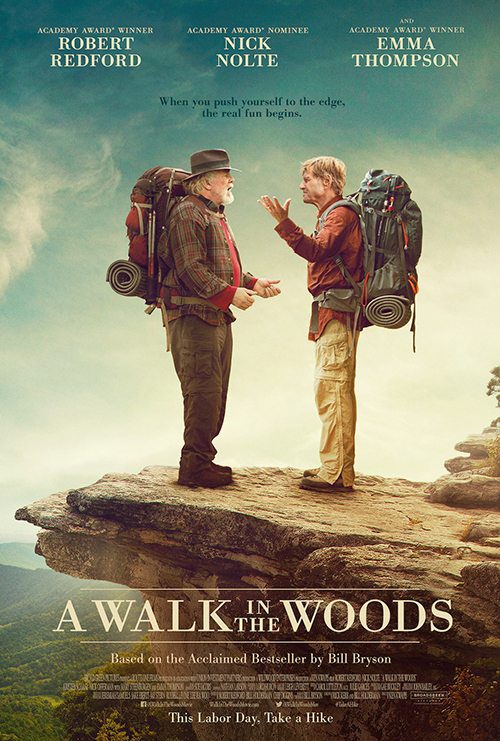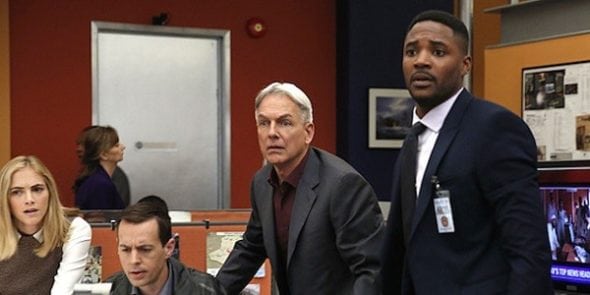 Selected for the Oscar-qualifying HollyShorts Film Festival, The Fare is a chilling story of human trafficking starring Johnny Ortiz (American Crime) and Noemi Pedraza. Written and directed by Santiago Palandine, the film tells of a young Ecuadorian teenager ensnared in a sex trafficking organization, who finds himself ordered to transport a fourteen-year-old girl from his hometown. Starring Johnny Ortiz (American Crime, McFarland USA), Eduardo Roman (21 Days), and newcomer Noemi Pedraza, the film is based on a true story. To hear more about the story, we caught up with Palandine to discuss the film.
Selected for the Oscar-qualifying HollyShorts Film Festival, The Fare is a chilling story of human trafficking starring Johnny Ortiz (American Crime) and Noemi Pedraza. Written and directed by Santiago Palandine, the film tells of a young Ecuadorian teenager ensnared in a sex trafficking organization, who finds himself ordered to transport a fourteen-year-old girl from his hometown. Starring Johnny Ortiz (American Crime, McFarland USA), Eduardo Roman (21 Days), and newcomer Noemi Pedraza, the film is based on a true story. To hear more about the story, we caught up with Palandine to discuss the film.
Please tell us a little about yourself and your filmmaking background.
I?ve always been attracted to storytelling, but for many year I thought I would make a living as a musician. i wasn?t until I finished high school that I realized cinema was suited better my artistic objectives. Composing music is all about story in the lyrics, rhythm, and contrast when mixing sounds and instruments together to generate different colors and emotions. Cinema is the same for me, with the addition of the visual dimension which is in fact what captivated me. During the years I?ve worked almost in all areas of production. I produced and directed two documentary features, worked on television as a writer and producer for the un-scripted department, and then as a show runner for the narrative department. I?ve directed and produced commercials and made a few shorts but it wasn?t until three years ago that I decided to commit fully to making movies, specifically as a writer and director. Moving to LA to study Film Directing at the American Film Institute was the first step on that journey.
What inspired you to tell the story of The Fare?
It is a story that has been in my head for several years. It came from the intention to explore the human side of characters that inhabit this world. Their flaws and contradictions, their power to hate and love. I wanted to understand what drives them to make the choices they make. I wanted to focus on specific human details rewardless if the characters were captors or captives; and get away from the stereotyped conventions that the theme of immigration and human trafficking usually carry with them.
For some audiences, this story may seem far-fetched – but it’s based on a true story. What would you say to those audiences.
Human trafficking is and has been the second biggest and most profitable criminal activity in the planet. So it?s not something that existed in the past; it’s current, and it affects us all. I don?t think themes expire. What probably expires is the recurrent way of telling stories that use the same elements in the same way, until they become a cliche. From the beginning of the project I knew I wanted to take a different approach on this. I wanted to focus on how the characters experience this world and not on the world itself. I was interested in learning how the stash houses, where immigrants are held captive, operate. It is something that I hadn?t seen before, but finally when I came across the real stories I knew it was something I had to do. Children that take their own lives because everything has been taken away from them while they were trying to survive – it?s probably a hard thing to see but I didn?t want to turn my back to that.
What about human trafficking offers people like Javier a way out?
Javier is a character that has lost everything, even before we was even able to make choices for himself. He tries to hold on to something that gives him a sense of belonging, an idea of a family, or simply something that tastes like a chance in life. In the world Javier inhabits it seems incredible that someone could pretend that they are not dealing with human beings. Javier dehumanizes his victims to be able to do the job, until he meets Cristina and it becomes personal. It touches him at a personal level and forces him to face the consequences of his decisions. It makes him remember he actually was on the other side once. Turning our backs to something to pretend things don?t exists and don?t affects us is a very human and natural thing to do, even on the smallest aspects of life. If you think about that, I believe we all do that at a certain level. For me, recognizing humanity in this characters is like recognizing humanity in myself.
What can society do to help traffickers see their ‘cargo’ the way Javier finally sees Cristina?
In the wheel of actions everything becomes a chain of consequences, so I think it?s very complicated to think about solutions as something absolute. The problem goes a lot deeper than the surface, where I think trafficking operates. I do believe that if we practice inclusion as one of our main values in society, a lot of people will be able to find positive ways to coexist before they even get the chance to step onto those terrible worlds.
I am captivated by the picture/icon that Javier finds – and which seems to motivate him. Tell us a bit more about the image, and what it means to you.
I?m from Loja, Ecuador, where Javier and Cristina are from as well. The little stamp they both have has the image of ?La Virgen del Cisne,? a Catholic representation of the Holy Mary that was born in that region. People call her La Churona which means “curly hair.” She?s known as the protector of travelers and is probably the most important Catholic figure in my country. Millions have faith in her. The real image of La Churona travels around the world, visiting Ecuadorians where ever they are. I?ve been fascinated about faith and the importance icons like this for a long time. It started years ago when I was sent to the Vatican to represent Ecuador and shoot a documentary about the Pope?s death. I was overwhelmed with the energy and what people was experiencing in Rome during those days. An amulet or an image of something you believe in could be very very powerful. Javier and Cristina, both traveled with La Churona on their chests and both share the same faith.
Your film has things to say about how a person sees their own evil or sin or what they’re caught up once it becomes personal. What’s your driving force to share that morally and metaphysically?
It is natural for a human being to turn their backs to what they don?t what to see or deal with. It?s just more comfortable to stay within the limits of what we know or are willing to accept. Javier doesn?t want to see his victims as humans. He prefers to see them as assets that allow him to do his job. He might even believe that he?s providing a necessary service to people that cross the border. He might think that if he doesn?t do it somebody else will. All these thoughts came from a very extensive research and interviews I conducted to traffickers and people that has been trafficked.
I?ve met victims of human trafficking that had been abused and almost killed in many cases, just to go back and keep trying to cross again and again. Their belief in finding a better life somewhere else makes them think that the abuse is not too bad and that they can take it, because the reward will be great once they make it. They dehumanize themselves. There are many cases of children that killed themselves after two or three attempts of crossing. Traffickers go home to their kids and family after a they get off work. They can?t see that the victims could be their own families.
Javier sees beyond his own beliefs because he?s able to put himself on Cristina?s shoes. There is no way back against that. I wanted to explore this aspect of humanity with out judging it. This is not a story about trafficking or immigration, or captors and captives. I like to believe this is a story about two similar persons, with human fears joys and beliefs, that face the consequences of their decisions the best they can. We don?t need to approve or take sides with either character. It?s enough if we understand.




![Comfort Films #6 – A Walk in the [STEEL MAGNOLIAS]](https://screenfish.net/wp-content/uploads/2020/05/iCIgeWMqGG07Tn9Y9lzYtVRD55f.jpg)
